
Art historian Venia Pastaka brings to life the artistic vision of painter Giorgos Pastakas, as it emerges through the works that will be displayed from 14 March to 9 April 2024 at Artworx gallery in Kifissia:

“Giorgos Pastakas titles his latest work “Invisibles” (“Athorita”), which opens on 14 March at the Artworx gallery in Kifissia. An orgiastic nature is revealed in all the works full of plane trees, ivy and cypresses which seem to “swallow” any form of settlement created by human hands. A nature victorious over man which is shown in all its glory. The inspiration was the landscape surrounding the Amvrakikos Gulf, a stunning wetland which still retains its beauty intact today. This still pristine landscape of the region inspired the painter to create a painting series dedicated to an environment that has remained unchanged for centuries.
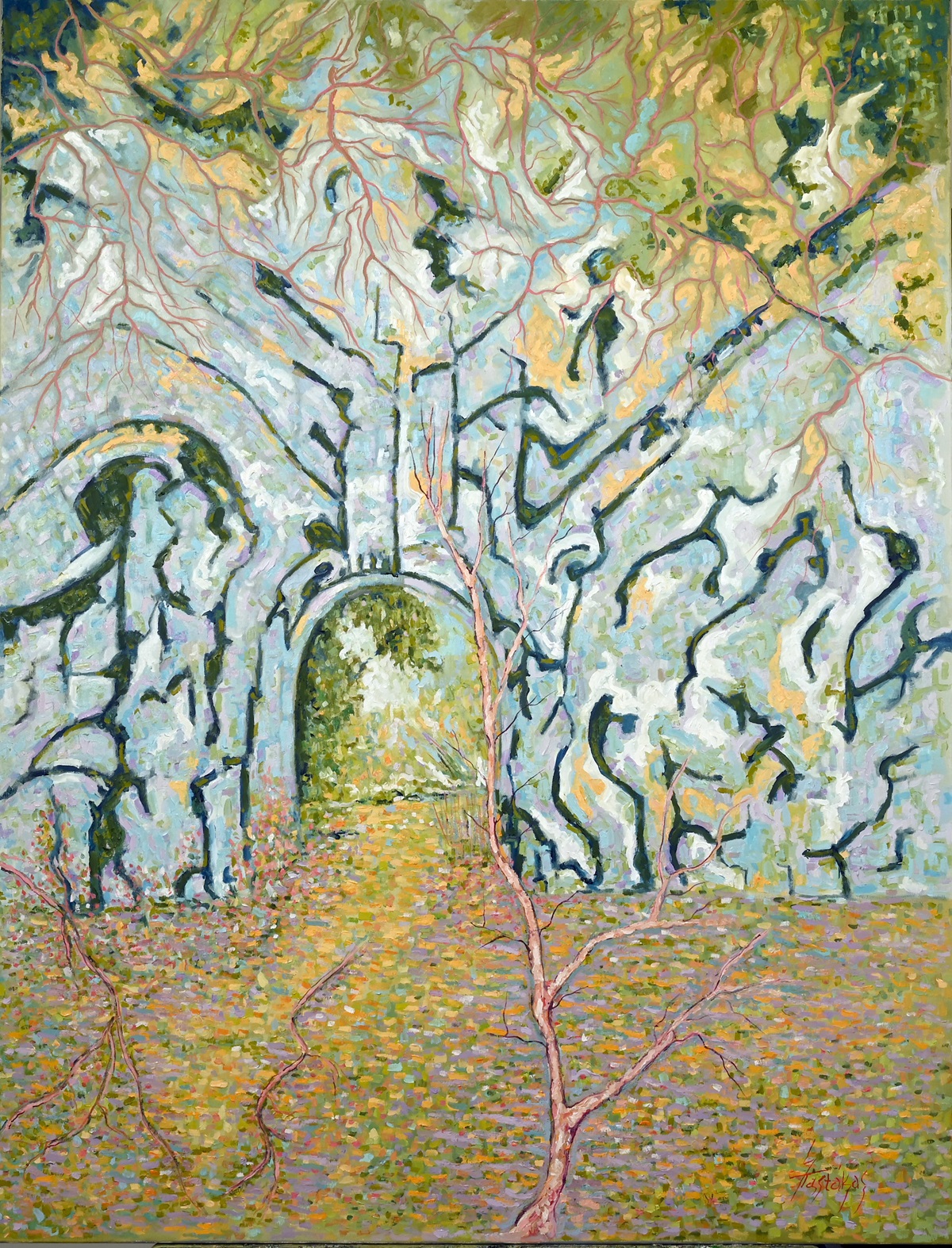
The artist’s brushstroke moves within the framework of expressionism and pointillism where sometimes with quick movements and sometimes with elaborate dots of colour he composes the colorful mosaic of the landscape. The light is atmospheric as it either projects through dense foliage or diffuses into the environment through the pastel tones of a summer sunset. The color tones range in various shades of green and blue, mauves, oranges and pinks, creating a feeling of serenity and optimism. The set of works is accompanied by a group of birds that are a continuation of “The Sixth Labor” (“Ektos Athlos’’), the exhibition that the artist created in 2015 for the Environmental Museum of Stymphalia of the Piraeus Bank Group Cultural Foundation. This is the evolution of that series where the artist uses quick brushstrokes to capture the flight of birds on silk and handmade Chinese paper. This fragility of the material also symbolizes the fragility of the balance that exists around us in a nature that is constantly under threat.

It is precisely this invisible landscape that the artist is challenged to navigate. To discover a world well hidden, full of color, light and that peace that only nature can offer.”
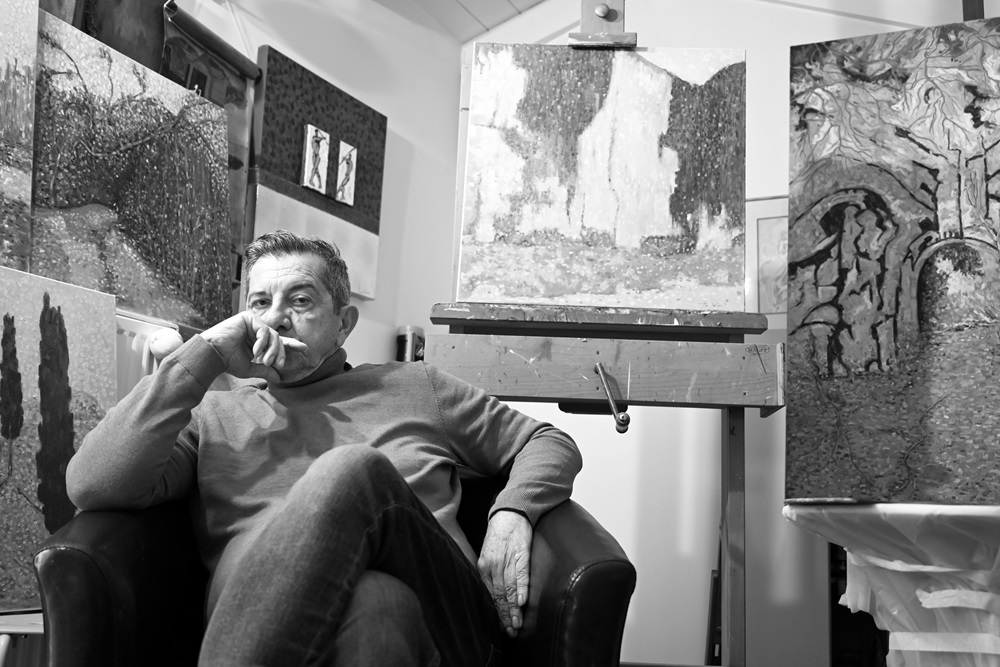
Giorgos Pastakas
In his own turn, the important novelist and director Giorgos Maniotis, approaches through metaphysics the work of Giorgos Pastakas in a text that borrows its title from the iconic lyrics of Ecclesiastes, “To every thing, there is a season!”

The birds are flapping. They hover high in the sky, hide in the foliage of the trees and adorn the ether with little chirps. A joyful chorus that comes alive and gives life to the silent landscape. A chord that blends with the amber sunlight and magnifies the colors of the flowers and the sweet scents of the trees laden with golden fruits in the wilderness of the orchards. All this together… Movement, odors, maneuvers, vertical drops, flutters and chirps and even the breeze of a sea arriving from afar create a kind of euphoria that awakens in the visitor of the city the longing for life and for a hard-to-find, primordial happiness.
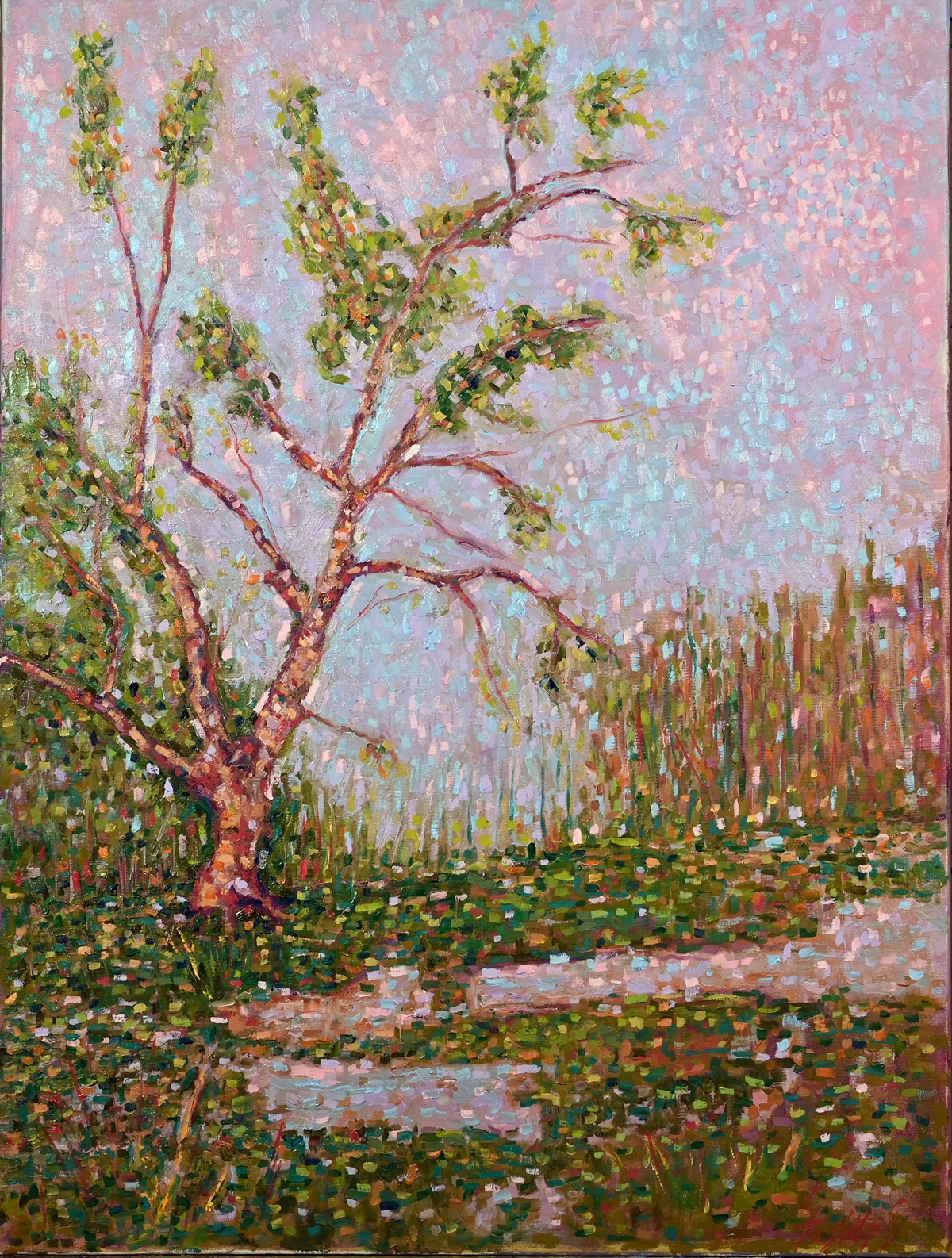
Thus, heavily tired from this lifelong quest, he takes his chair, sets it up on the balcony of his country house, sits on it and like a marbled silent, praying man, lets all this feast overwhelm him and penetrate deep into his blood. Yet he is an intelligent being and with his sharp mind he notices that all this joy of the sweet-sounding birds that surrounds him has its dark moments. He notices that these winged songsters suddenly charge like lightning through the ether and with their beaks grab other smaller weaker beings that run to hide in order to survive. Amidst all this joy, the feast of chirping with instantaneous bursts, these deaths that most people like to ignore take place. Most remain imprisoned in the first impression of happiness and refuse to understand that this is one side of the coin; the other side is a black seal of premature and painful death of someone weaker. Despite the realization you get used to and condone the horror that happens in the air and behind the foliage because all these ravenous birds are in bondage to their instincts and all they seek is to be satiated. You can’t fault them because they don’t prefer the dry seeds that are scattered on the earth. Either way, however, you are disturbed by the fact of this premature death occurring in the midst of the birds’ airless dances. Against your will you are forced to think that the same happens among the human beings-who are made with their eyes looking upwards to the sky. In the difficult times when we try to turn off the engines of action and think a little, the same instinctive law governs us thinkers. “Your death, my life.” I don’t know how much that honors and justifies us in the end. However, in the painting of Mr. Giorgos Pastakas it is autumn and the eminent painter observed the sky and saw what is happening. So he decided to get up and start walking with his paintbrush, stepping firmly on the earth. It is autumn time of ripening and gathering where the sap of the trees gathers at the edge of the branches and becomes golden fruits. In the tamed forest the painter walks on the golden carpet of leaves that the trees have laid out for him and observes. He sees around him bare trunks standing sturdy. Old roots support them. Stout trunks that no bad weather has been able to defeat. The power of nature does not prevail here, the power of the earth wins. Stripped trunks like carved stone rise up into the ether and embrace the whole landscape with their fortitude. Their majestic sight is a deep promise to the people for a continuation. They silently await the burst of a new spring when their branches will once again fill with transparent leaves to once again absorb the warmth of the life-giving sun. Now they are bereft of their bright costume because the pause of a winter awaits them. Something like a sweet sleep that seems like a temporary death under the snows, winds and heavy rains that will keep their roots alive and fill their robust bodies with dreams of fruitfulness.

A tamed forest, a place ravaged by a thousand and two wars and so many other civilizations that time has ravaged. Walls covered with ivy and greenery, majestic gates cracked by mighty tentacles of strong vegetation trying to assimilate the hard stones and make them seem like works of the earth and not of man’s arrogance. Time of maturity. Surrendered to the walk of a sweet wisdom, our painter full of existential relief and grief. Many games were played on the earth’s head. And now it has come, the golden moment has arrived for the low vegetation of the earth to spring up invincible, to adorn and heal the old wounds. Now and then in this painting a proud cypress tree rises unscathed and dull in the sky, dominating the landscape. The banner of nature’s starkness that resembles the irresistible desire for life that permeates and possesses us, fighting the difficult times that every now and then break upon us and try with their fierceness to uproot us. This painting is a hymn to nature, numbed by sweet historical fatigue and mature knowledge that introduces the lessons of the earth into the lives of people. Welcome the epic of spring, welcome the warmth of summer that ripens and binds the fruits, welcome also the gathering of ripe fruit in autumn when the day grows shorter and the night grows longer, welcome the snow and the pause of winter that soothe and calms the souls of men beside the lit fires of bodies and dreams. “To every thing, there is a season”… “To every thing, there is a season”… “To every thing, there is a season”… “To every thing, there is a season”.

And all this in an afternoon walk of soul and mind through a tamed nearby forest with a feast of colors and experiences resounding with a deep musicality that stems from the actions and tribulations of centuries and centuries. Such painting! Like a final underlining of an ancient and much-tortured land that we know all too well is our home.
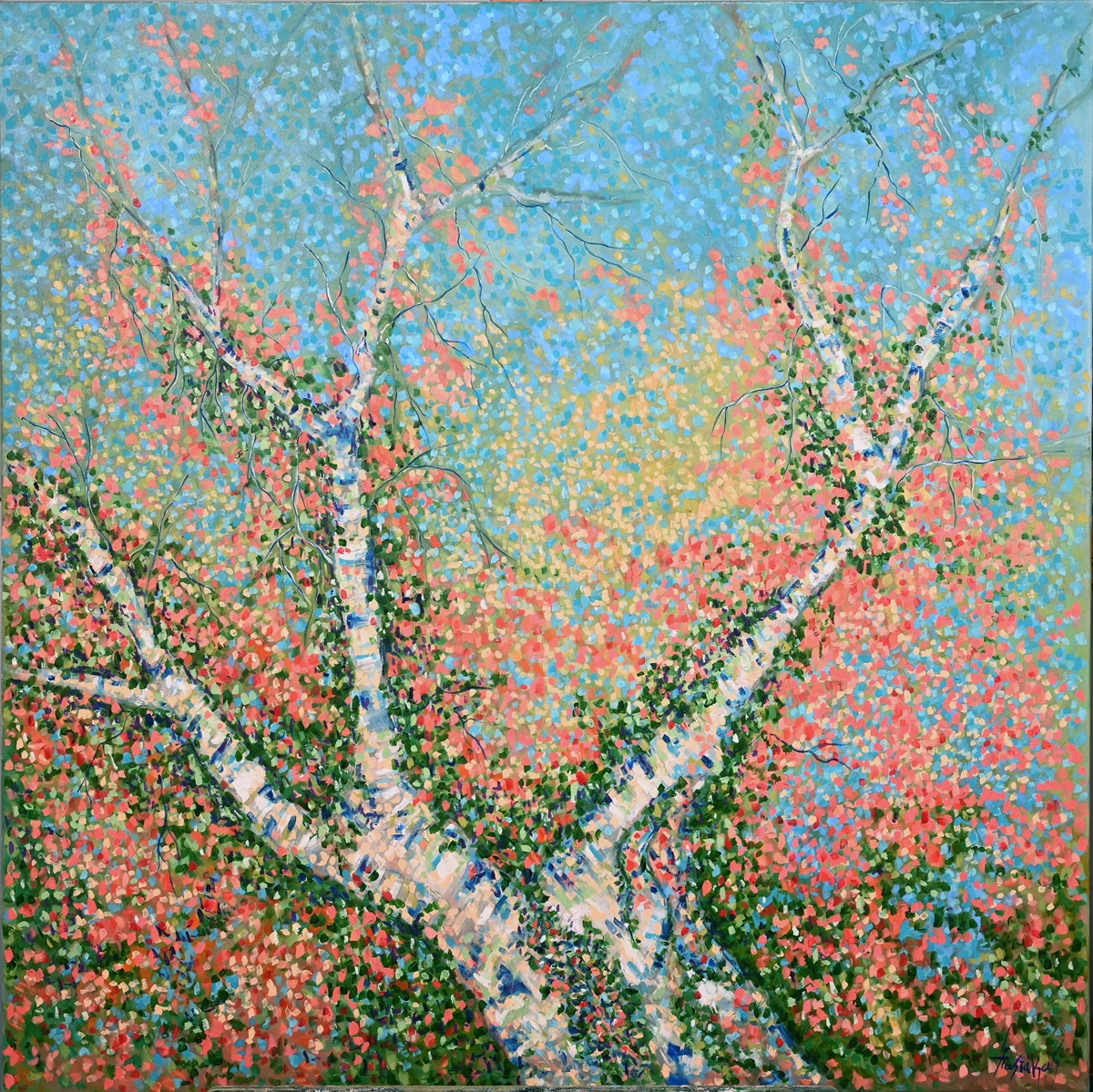
Update: Stills from the exhibition opening
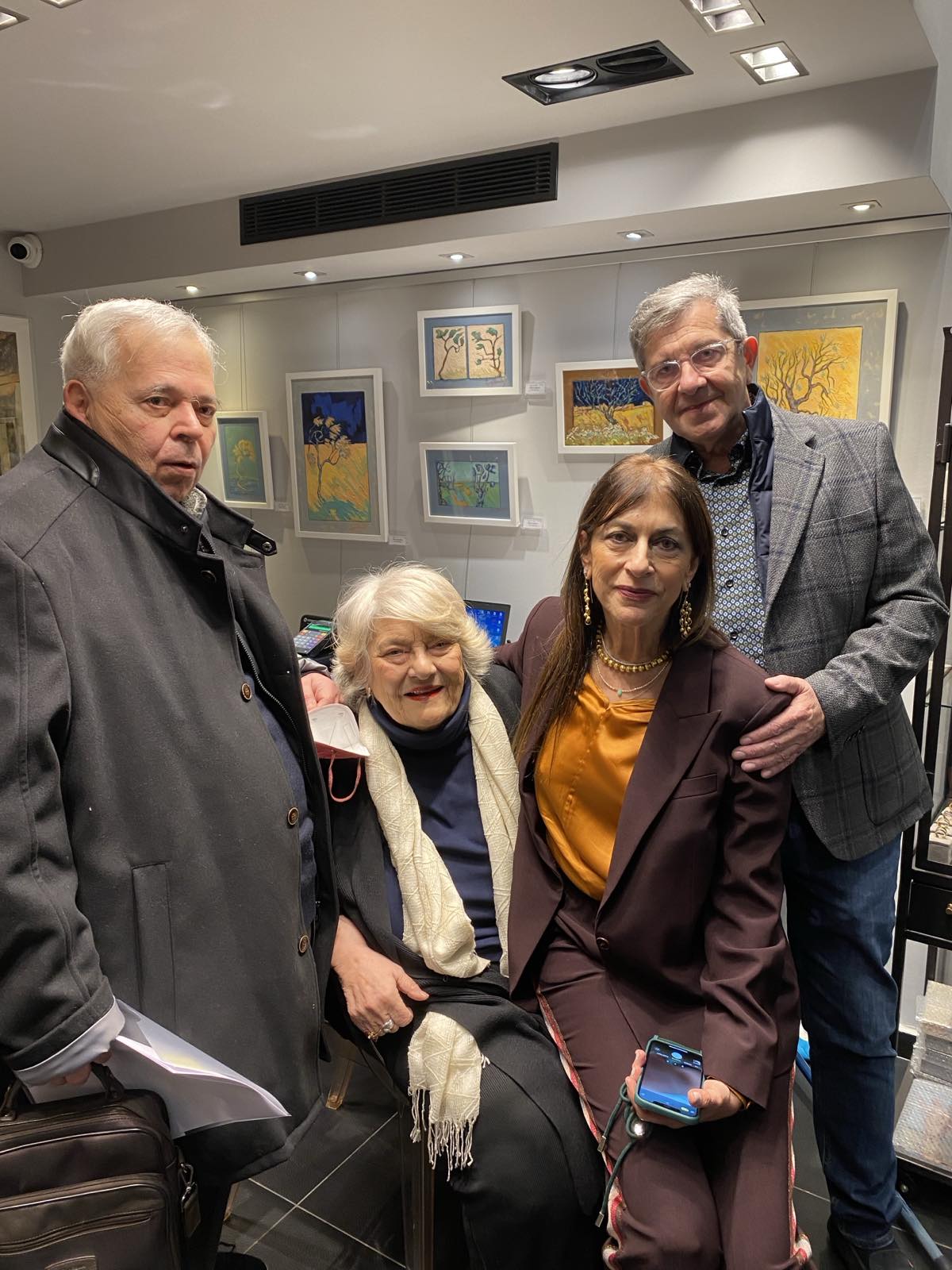
Giorgos Maniotis, Marietta Pepelasi, Maria Xanthakos, Giorgos Pastakas
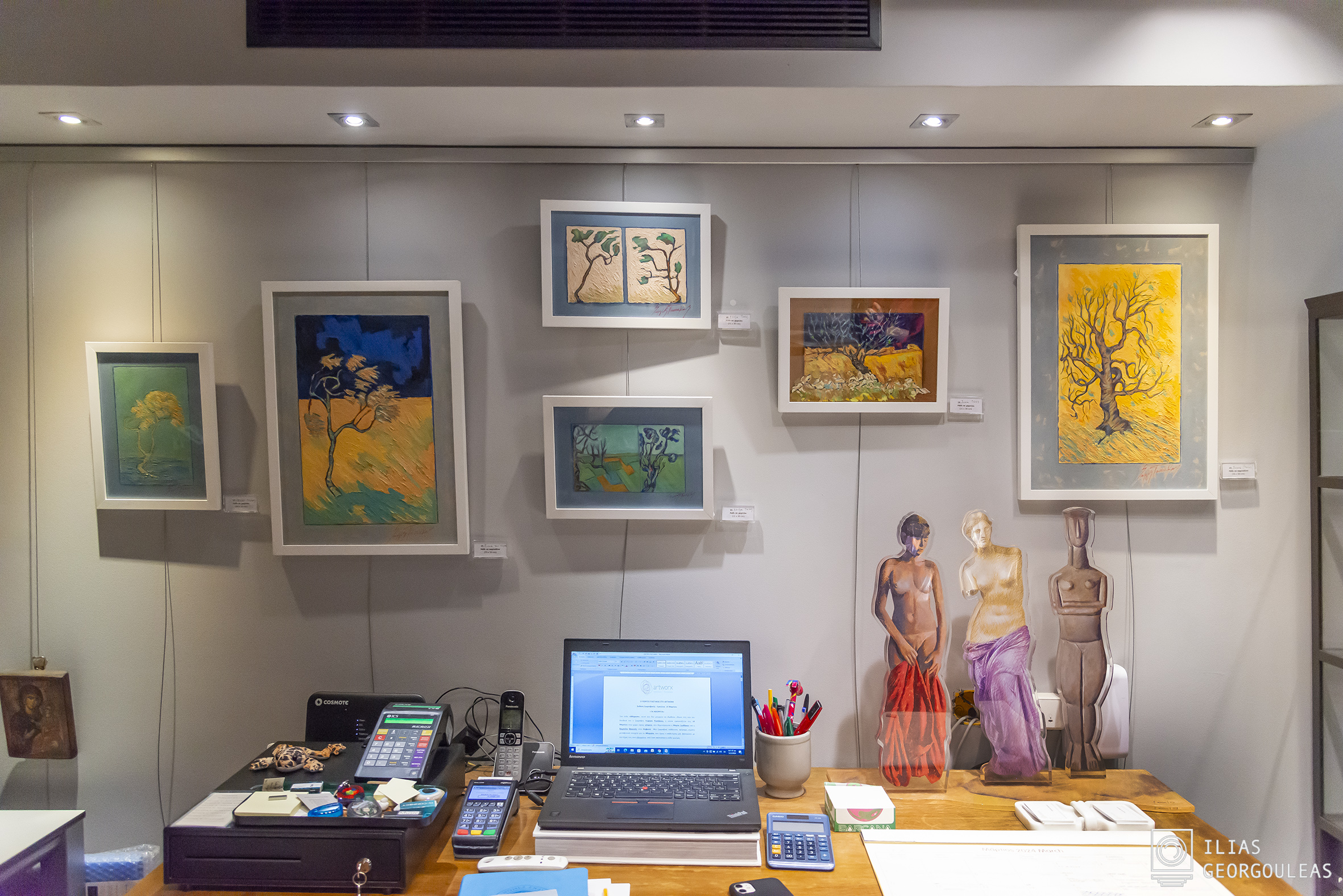
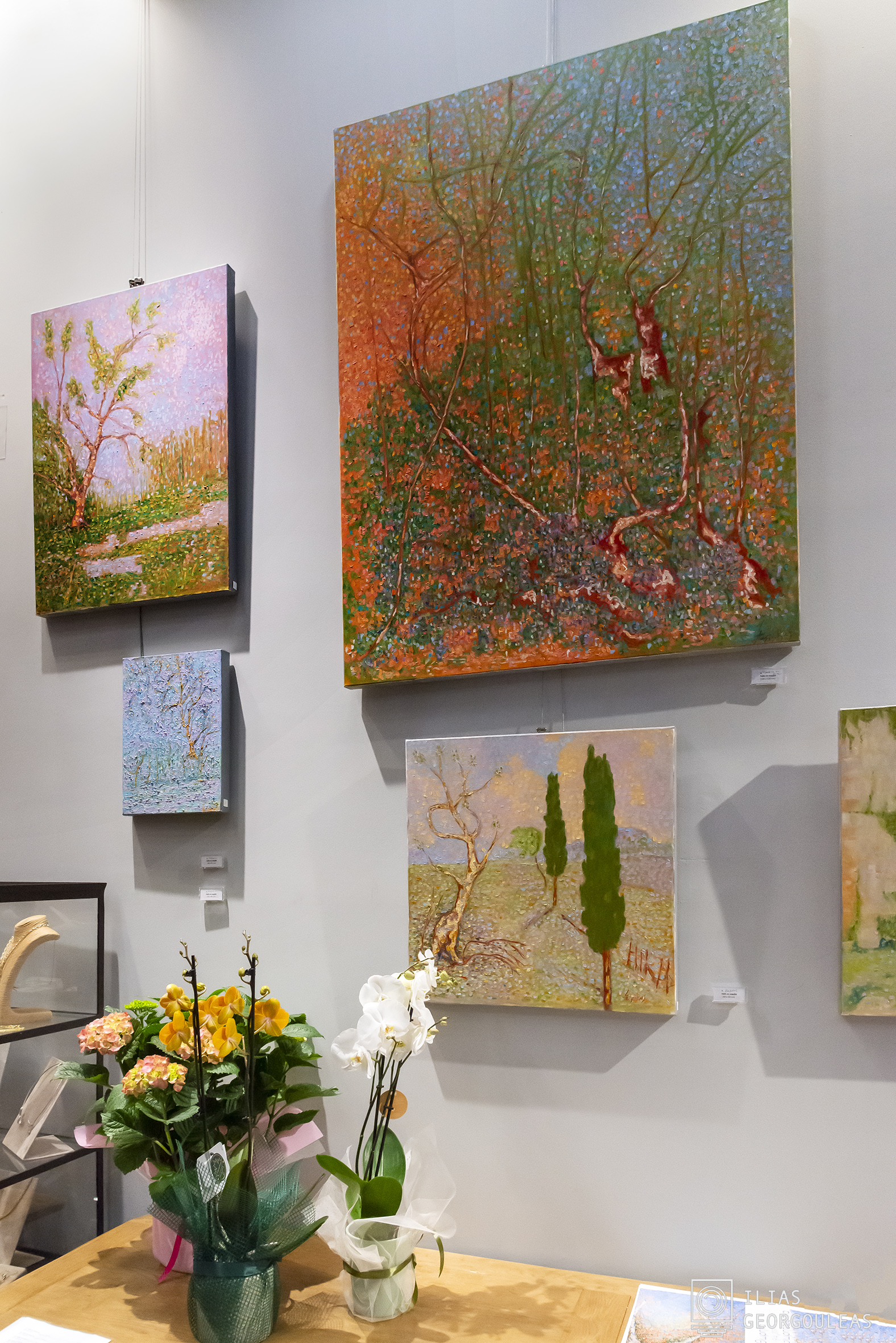

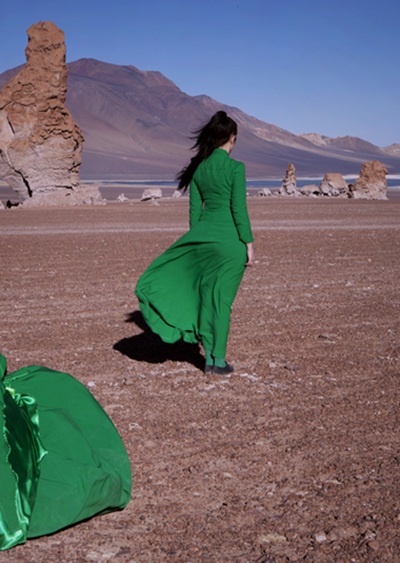
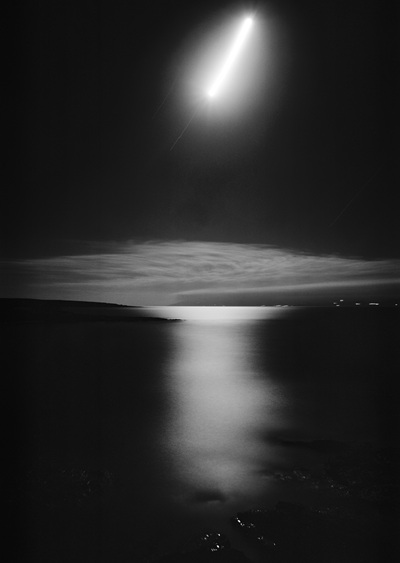




Leave A Comment